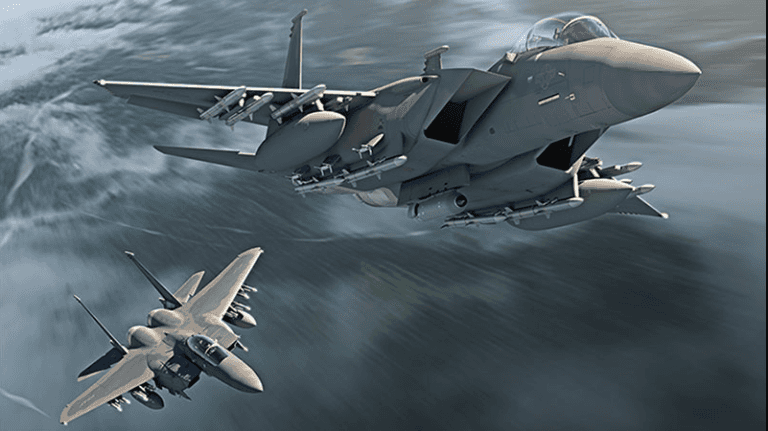
As Boeing prepares to wind down one of its legacy St. Louis-made fighter jet lines, the company is expanding in research and development with a new, 47,500-square-foot facility here that will focus on next-generation military aircraft.
The new site will be part of “Phantom Works,” a tight-lipped Boeing unit that carries out research, development and prototyping work for the company’s defense business.
The new site, announced Thursday, expands Phantom Works’ already “strong footprint” in St. Louis, said Steve Nordlund, senior site executive for Boeing St. Louis, saying it will support “the next wave of where we think the warfighter needs are going for the U.S. Air Force, and other services, like the Navy.”
The new building is in addition to the company’s existing Phantom Works site in St. Louis County, and will be located adjacent to it. It is expected to be operational in 2025 and will focus on advanced coatings. Most of what Phantom Works does is classified, Nordlund said.
In the future, Nordlund sees a “network environment of aircraft, that are both manned and autonomous, and they’re working collaboratively and cooperatively together.”
Nordlund previously served as general manager of Phantom Works. He said in February that Boeing’s recent, local hiring has had an emphasis on engineers, a sign that the company is looking toward developing new products and tech.
Boeing has about 15,800 employees in the St. Louis area, its second-largest workforce after Washington state. The St. Louis operations are mostly focused on defense products like the F-18 and F-15 fighter jets, the T-7A trainer plane and the MQ-25 refueling drone. It makes munitions in St. Charles, and added a new building there last year to increase capacity.
The company is building an assembly line to make MQ-25 drones at MidAmerica Airport in Mascoutah. It already makes a small number of MQ-25s in St. Louis County.
The drones will be used to refuel other craft, so that planes like the F/A-18 can fly longer distances from the aircraft carriers they launch from. But Nordlund thinks they could be used for other purposes, too.
Pete Kunz, vice president and general manager of Phantom Works, said autonomous tech has “always been part and parcel” of Boeing’s defense business.
That won’t be the only focus for Boeing, going forward. The company will still work to advance everything from material science to software and conceptual design. But in the future, the company expects that there will be even more autonomous aircraft and technology in battle. Boeing uses simulations to test how human pilots interact with autonomous systems, and crucially, how much pilots trust those systems when they work with them.
The tech can range from simple automation all the way up to high-end cognition and decision-making, Kunz said.
“There’s value across that entire spectrum,” he said.
The company added a new advanced composite fabrication center in Mesa, Arizona, last year, and opened a lab and test facility in the St. Louis area over the winter.
“We’re not done,” Nordlund said Thursday morning. “We’re on a steady diet of investments.”
Earlier this year the company revealed plans to end new-build production of the F/A-18 Super Hornet in 2025. The aging fighter jet line had been on a trajectory to wind down for years, but the February announcement was the first publicly disclosed timeline. Production could be extended into 2027 if Boeing received more orders from the Indian Navy.
___
(c) 2023 the St. Louis Post-Dispatch
Distributed by Tribune Content Agency, LLC.
0 comments :
Post a Comment